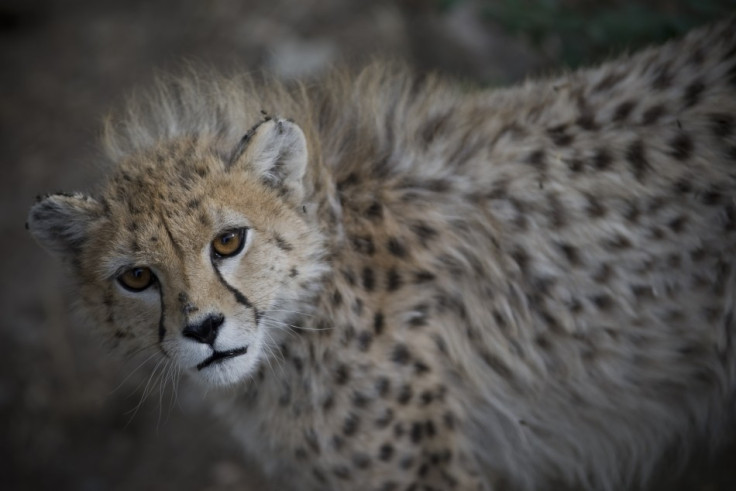Cheetah cubs born in India after over 70 years die due to extreme heat
A total of six cheetahs have died at the national park over the last few months.

Two more cubs born to one of the cheetahs translocated to India from Namibia have died due to "extreme weather conditions."
As many as eight cheetahs were translocated from Namibia to India last year, while 12 were brought in from South Africa in February this year. The cubs were born to a cheetah named Jwala, one of the cheetahs brought from Namibia and released into Kuno National Park located in the state of Madhya Pradesh last year.
Of the four cubs born to Jwala, only one remains alive now. The first cub died on Tuesday, and the other two died a day later. The local authorities have attributed the deaths of the cubs to heat and malnutrition. The fourth one is also being treated at a local hospital for dehydration and weakness.
"The condition of two cubs was extremely bad, and despite all efforts for treatment, they could not be saved. The remaining cub is in Palpur hospital under intensive treatment and monitoring," the chief conservator of forest (wildlife) in Madhya Pradesh, JS Chauhan, told The Indian Express.
A total of six cheetahs have died at the national park over the last few months since their translocation from African countries last year. Preliminary investigations suggest that malnutrition could have been the reason behind the deaths. However, nothing concrete can be said yet.
The cheetahs were brought to India as part of its Project Cheetah programme. The programme is meant to reintroduce cheetahs to India, as the species went extinct in the country more than 70 years ago.
The Indian government has now set up an 11-member high-level steering committee to monitor the project. The development comes at the heels of the deaths of the cheetah cubs. The state forest department sought an "alternative" place for cheetahs to reside.
Meanwhile, South African wildlife expert Vincent Van der Merwe has said that the mortality rate of cheetahs is expected to spike in the coming months.
"We anticipate a 50 per cent mortality in the first year, we know that only 10 are going to survive the initial release period. There's going to be more than enough prey for them," he was quoted as saying by the Indian news agency, Press Trust of India.
Big cats like cheetahs, tigers, snow leopards, and leopards are now facing many threats, mostly caused by human activities. There are six main species of tigers living in the wild today: Siberian tigers, Bengal tigers, Indochinese tigers, Malayan tigers, Sumatran tigers, and South China tigers. Several subspecies of tigers have already gone extinct, including Bali and Javan tigers.
Cheetahs are listed as "Vulnerable" by the International Union for Conservation of Nature (IUCN) Red List of Threatened Species. However, scientists have been demanding that the species be listed as "Endangered "species.
They need large swaths of habitat to survive. Smaller and more scattered habitats lead to human-animal conflict and leave tigers vulnerable to poaching. Climate change is also posing a major threat, with rising sea levels threatening to wipe out even more of their habitat.
Scientists have no idea how many species of plants and animals have gone extinct because no one knows the exact number of species on the planet.
According to the IUCN Red List estimates, a quarter of mammals are also at risk of extinction. A study from the Norwegian University of Science and Technology revealed that more than half of species—about which there is not much data available—face the threat of extinction.
Losing these majestic predators would have a devastating impact on our ecosystem. Wildlife experts suggest reducing the usage of fossil fuels, eating less meat, and avoiding products made from animal body parts if we wish to save these creatures.
© Copyright IBTimes 2025. All rights reserved.






















